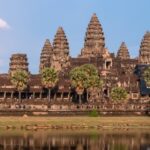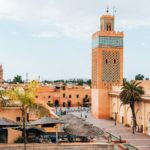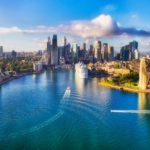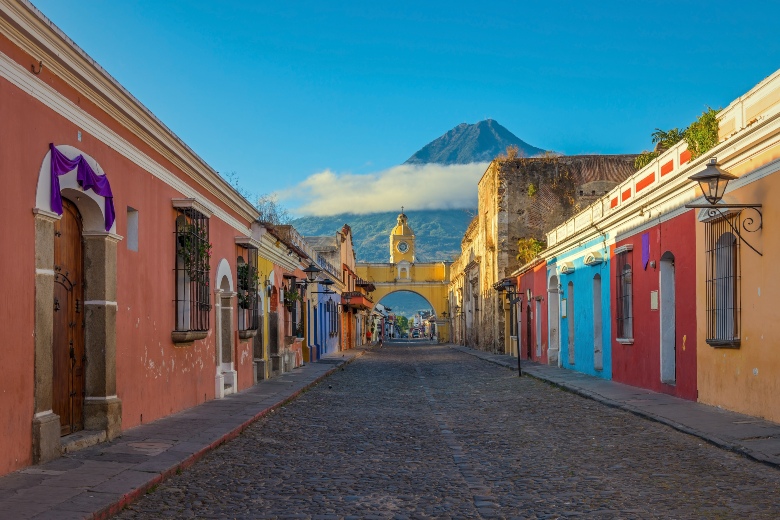
Guatemala City is perfectly balanced and with something always going on. The cultural hive of Guatemala wears the true essence of Latin America on its sleeve.
A relatively modern city with a generous handful of ancient history in the shape of Mayan villages, temples and monuments.
A landscape diverse enough to hike a volcano before hanging in the jungle with the monkeys.
Plus a greatly overlooked spread of traditional dishes paired with a climate to deliver the right ingredients.
These are the 11 things you must do in Guatemala City:
Parque Central
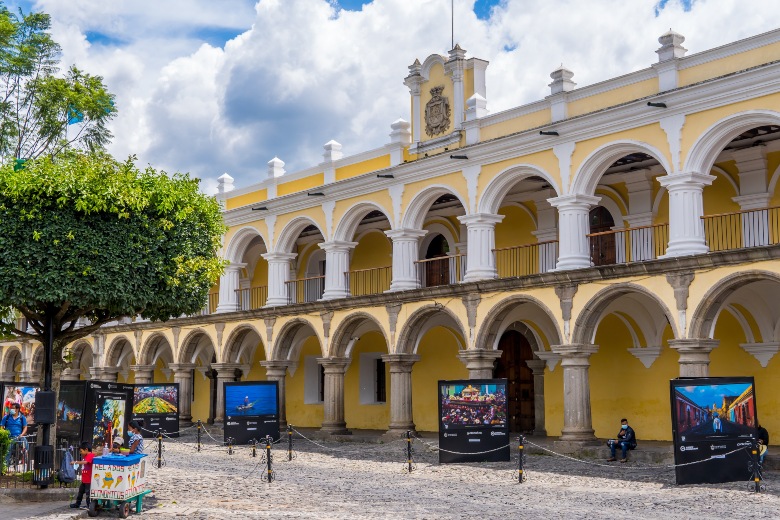
The main square makes the perfect starting point for any Guatemala City adventure. It is where most of the hustle takes place, engulfed in some of the most important attractions in the area.
As the giant heart of the city, it doesn’t come as a shock that there is a whole tonne of activities and events constantly taking place here. A prime example is the Metropolitan Cathedral where regular religious festivities occur.
You could easily pass a day mooching around the Plaza Mayor, checking out iconic landmarks like the National Palace and snacking at cafes on wheels. There will be many chances to indulge in a shoe shine from one of the plentiful vendors and stalls to grab your keepsakes.
There’s a distinct air of the 18th century, meshed with the hive of Guatemala’s most prominent government scene. Parque de la Constitución is rimmed with grand colonial architecture, so keep your eyes peeled.
Visitors in the area on September 15th can experience the Guatemalan Independence Day demonstrations, or attend on other days throughout the year for open-air political speeches.
Metropolitan Cathedral
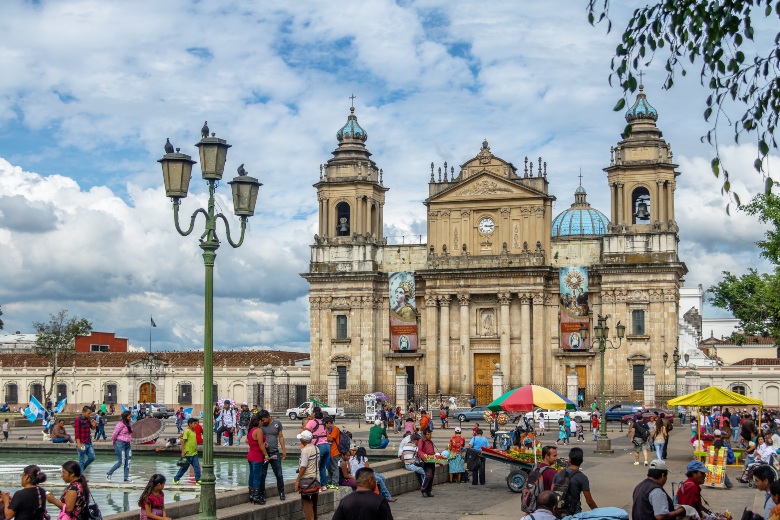
Standing proud in the centre of the main square, you won’t be able to miss the Metropolitan Cathedral.
Famed for its colonial art treasures, religious carvings and bright-blue domed roof, it is worth taking a look inside. With religion at the centre of the culture, anyone looking to explore Guatemala and its capital efficiently should take an effort to make a stop here.
While Guatemala City has been shaken by more than a few earthquakes, the Cathedral still remains grounded in its place. Its monumental interior is decorated with celebrated religious carvings, whitewashed stone and a gloriously golden altarpiece.
From the outside, you can see the sombre 12 pillars which represent the lives lost during the internal armed conflict between 1960 and 1996. It is completely free to enter the cathedral.
For the best spot to take photos, you’ll want to head across to the other side of the fountain to show off its size.
National Palace
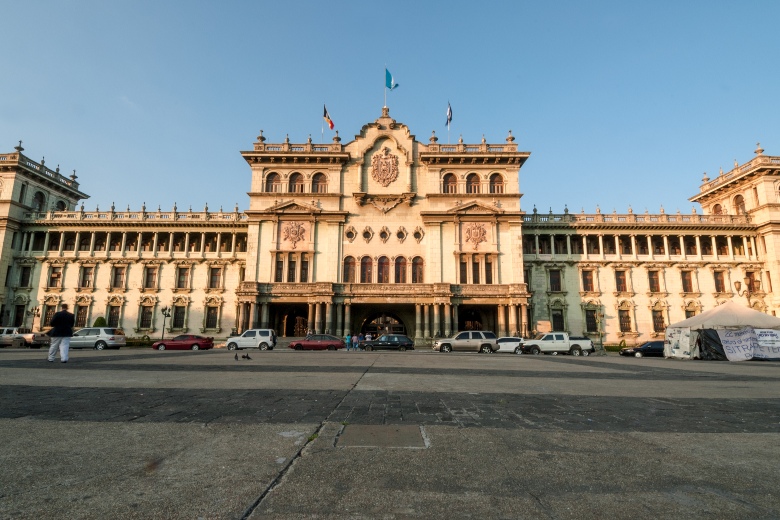
The other notable feature of Plaza Mayor is the National Palace of Culture.
Like the Cathedral, the Palace takes over an entire edge of the square, though its architecture is of the 20th century.
Previously the headquarters for the President of Guatemala, today you can head inside to see some of the more than 300 rooms that make up the grounds. From window arches to Moorish courtyards, the place sports numerous architectural styles.
Wander the halls to see magnificent period frescoes created by the influential artists of the country, stained glass windows and events drawing rooms. There is a small museum housed inside the palace where you can learn about the city’s history through art and see significant relics.
Outside, you will notice the green tint of the building, which gave the nickname “Palacio Verde” (Green Palace) as well as the palace balcony.
A plaque marking ‘Kilometre Zero’, where all of the main roads meet, is positioned under the archway. You will find 5 arched doors representing the meeting point when heading into the courtyard.
Mixco Viejo
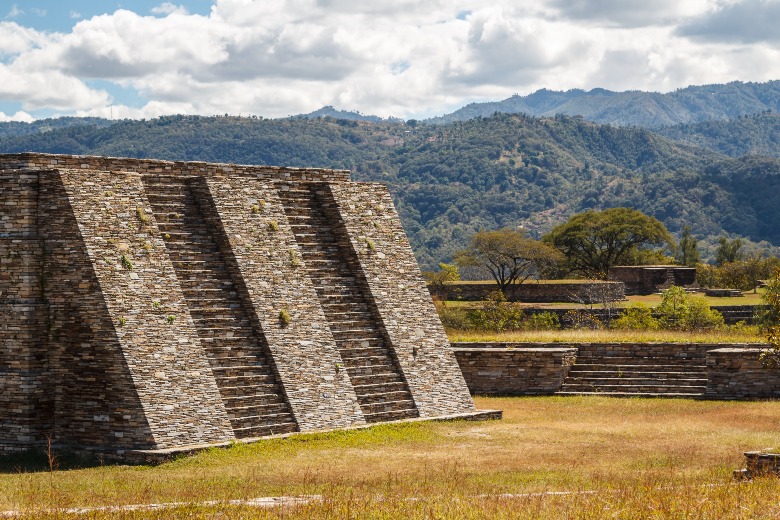
Guatemala’s rich Mayan heritage is the main reason for many travellers’ visit.
Those who make the journey just north of the city are met with a citadel of Mayan remnants, sturdy stone features built for defensive purposes.
Dated back to 600 AD the site has been through its fair share of battles. Notice the defensive traits that protected it from attacks from the Mayan clans, before being conquered in the 1524 Spanish invasion.
It is fascinatingly rich in culture and is engrossing to compare to the modern sights of Guatemala City.
Temples and staircases all belonging to the Chajoma people scatter the premises. Rounded off by exasperating valley views thanks to its high altitude on a mountainous peak, there is plenty to take in.
Visiting hours are between 8 am and 4 pm daily and entrance is just 50 Quetzals.
Pacaya Volcano
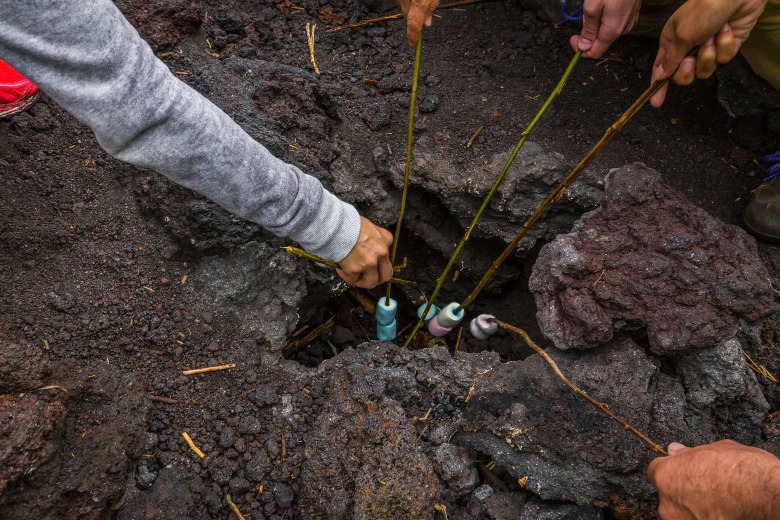
A bubble of adventure can be chased with a visit to the smouldering Pacaya Volcano.
As one of the country’s active volcanoes, exhibits of steam funnels and not-long solidified lava rivers will guide you on your trek. While you can’t get too close to the crater for safety precautions, you can still hike up to the peak for startling views of the National Park and beyond.
With walking trails leading up from the city centre, you don’t get more accessible than Pacaya. A popular hotspot for hikers, both local and touring, walking up and down the volcano is reasonable and won’t take more than 5 hours to complete.
It helps to know that hiking is only permitted in groups and a vast range of options are available, so you don’t need to worry much about the ins and outs. Hikes set off from the welcome office of Pacaya National Park. There is also the option to take a horse tour of the volcano instead.
Solid walking shoes are required for the mix of soft sand and volcanic rock. You can rent a walking stick for only 5 Quetzales (about 50p) at the start of the journey.
Mercado Central
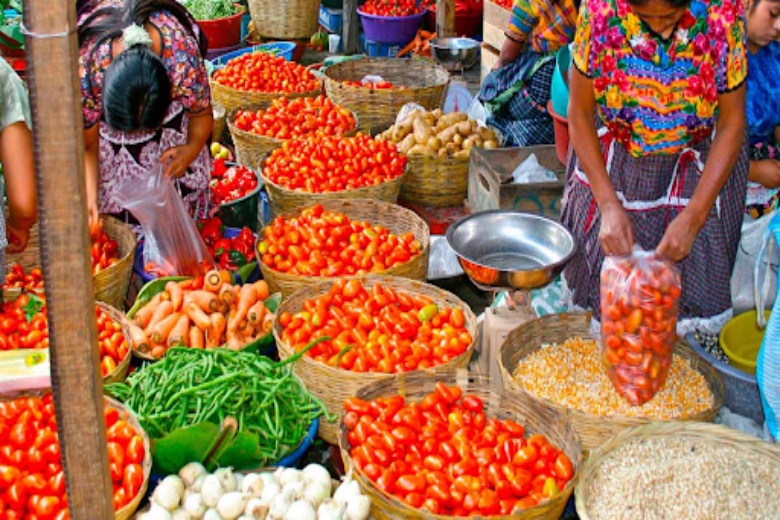
Take your tastebuds on an adventure around the local palette.
Mercado Central is a three-floored food market located just behind the Cathedral. As one of the most extensive food markets in Central America, you can find a jaw-dropping amount of the freshest local produce at the market.
As a city known for its high number of farmers, this is a great place to explore the manufacturers and growers available in the area. The flea market is the best place to sip freshly squeezed juice, sample traditional Guatemalan nibbles and fill your bag with powdered polvorosas.
On top of the heaps of food stalls, you can find vendors selling handmade textiles and clothing, flowers and leatherwear.
Churches
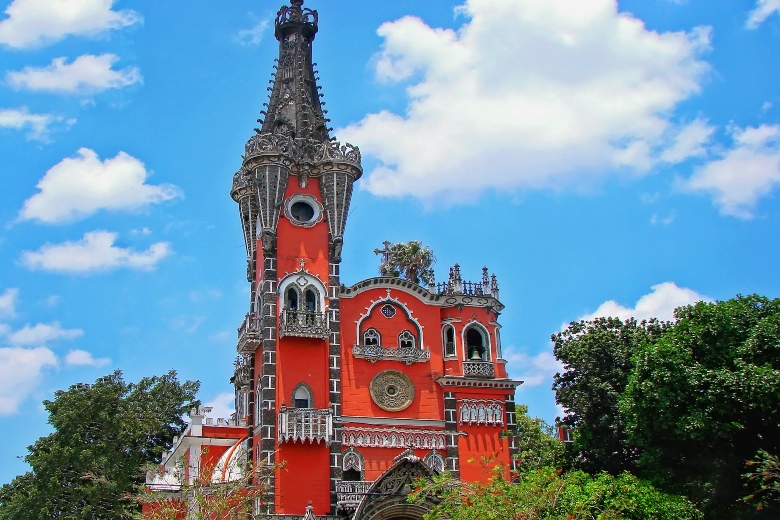
As a population in which 9/10 people follow either the Catholic or Protestant faith, Guatemala City is famous for its dedication to churches. And there is a mountain of breathtaking places of worship to add to your list!
It is possible to notice a range of influences from different periods of Guatemala’s history in the architecture of the churches. For instance, the infamous La Merced was built during the colonial period and went through repairs during the 20th century. Its lime-coloured walls and Baroque altarpiece demonstrate the time frame. Nowadays, you can head inside to explore a museum of notable religious paintings and sculptures.
Meanwhile, Santo Tomas and Iglesia Yurrita were constructed during the 1540s over sacred Mayan ruins. While they are both Roman Catholic, each of the churches has a distinctive design.
Tomas references the Mayan history with an authentic staircase leading up to its white-plastered face. Alternatively, Yurrita strikes the eye with its photogenic blood-red tower. Both churches work to satisfy even the most distant of believers.
Relief Map, Minerva Park
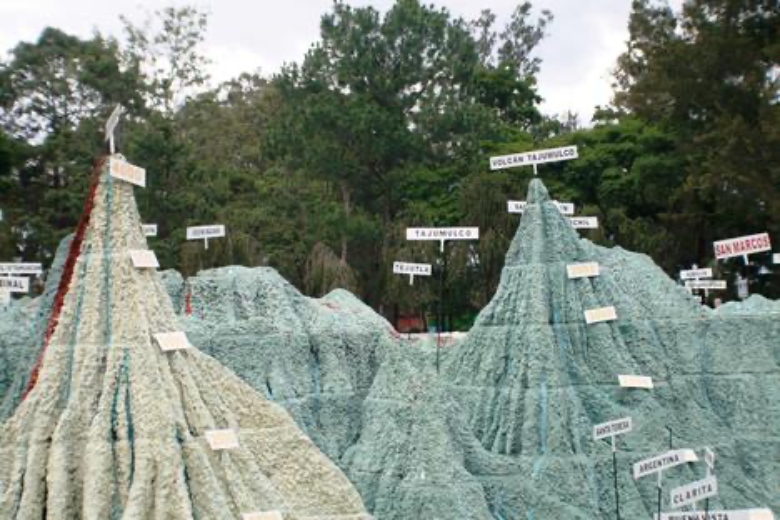
Trouble planning your trip around Guatemala City? No more head-scratching. A visit to the Relief Map in Minerva Park will help you get your bearings.
The concrete map of Guatemala’s terrain is sure to come in handy, showcasing the biggest attractions from a birdseye view. The Relief Map has been assisting bewildered travellers for years, built a century before Google Earth even existed.
Spot an impression of volcanic mountains, railway lines and roads, complete with flowing water which has been carefully constructed to scale. At an incredible 1:10,000 scale and topped off with labels, you can see the whole of the country without having to travel far at all.
The lifework of two engineers and their hard work paid off in the hundred-year-old, perfect representation of Guatemala’s topography and geography.
It works out cheaper than a bus ticket, offers more sights and takes far less time, for just a small entry fee!
Biotopo del Quetzal
Guatemala City is recognised for its urban jungle which takes up close to a third of the land area.
Synonymous with Guatemala’s icon and endangered native bird, the Biotopo del Quetzal is a tropical chunk of paradise, boasting opportunities for caving, hiking and spotting the diverse species that walk (and fly) the land.
Webbed trees, crashing waterfalls and toucans are all part of the mix of what’s in store for your exploration of the city rainforest. Keep a beady eye out for the national bird, whose red breast and chrome green feathers are difficult to miss.
There are two trails to choose from of varying difficulty and length. The more accessible of the two is roughly 1.2 miles (2km) and is called Los Helechos (the Moss Trail); while the slightly more careful-footed Los Musgos is close to double that length.
Both paths lead you on an adventure and a half, sure to introduce you to an abundance of flora and fauna.
Quriguá
Mayan Tikal’s modest cousin can be found in Guatemala City. Motagua Valley is where you can stumble across UNESCO-grade ancient ruins from way back thousands of years ago.
Unpick the ancient code carved into the stele monuments which tower 10 metres (35 feet) above the head. The hieroglyphs are said to explain the birth and downfall of the ancient city.
You can pass under thatched roofs built by the hands of the Mayans and explore their hometown. It is as remarkable as it is perplexing.
Try Classic Dishes
Make it a rule that you don’t visit Guatemala City without trying their local dishes. You’ll thank us later.
With everything known to be packed with flavour, loaded with scent and decorated with colour, every spoonful of Guatemala’s finery hits the spot. There is something for every person.
Meat is a regular occurrence, ranging from marinated pork to robust beef. Though there are plenty of options for vegetarians too, consisting of protein-packed plantain, crumbly cheese and black beans. Being partially coastal, there is access to fresh fish and crustaceans, the most common being crab and prawn.
You cannot fault their simple, yet scrumptious, rice and beans. Stews are on the menu more often than not and taste better than any hot pot you could imagine. Plus a wholehearted bowl of tapado (a favourite coconut seafood soup) is always a bonus.

